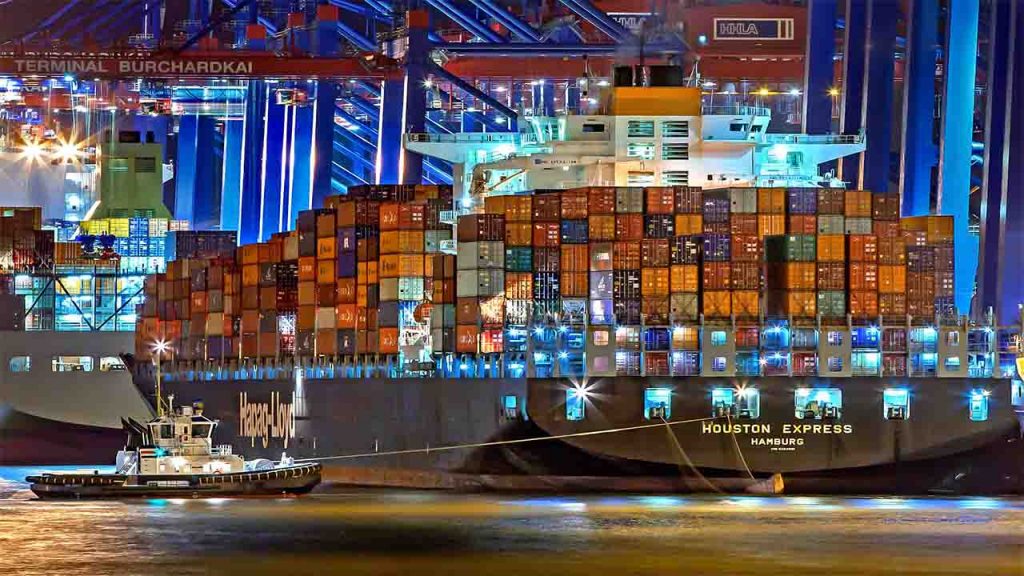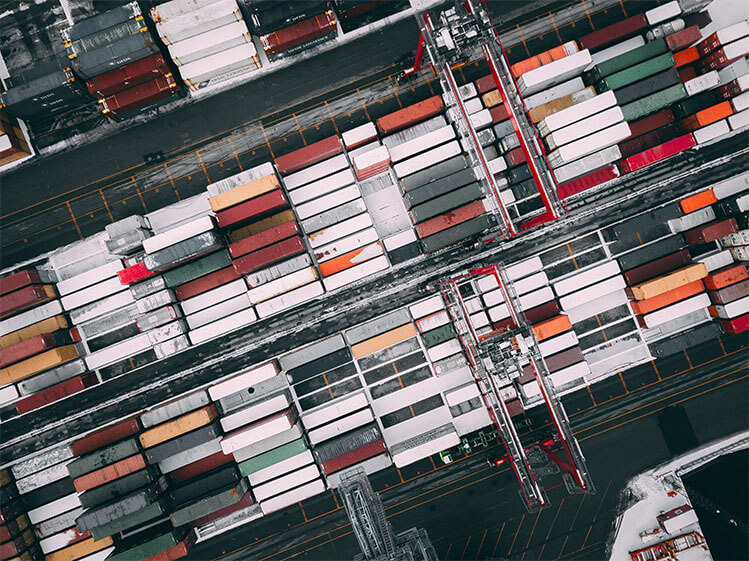Introduction to import, export, and customs clearance in Turkey
Customs regulations and laws for import and export have become today in most countries of the world unified and similar systems.
In 1947, the famous GATT was established, the General Agreement on Customs Tariffs, which aimed to facilitate trade exchanges between member states and remove obstacles between these countries, which was the result of the establishment of the World Trade Organization WTO. In 1995, the World Trade Organization Agreement (WTO-) was established. World trade organization), which aimed at unifying customs tariffs between member states, resolving inter-state disputes and dumping problems, in addition to reducing customs duties between member states, where the number of members reached 164 members. Therefore, the import and export process became similar in terms of regulations and laws in most countries of the world, which means that if you know the customs regulations in a particular country, this qualifies you to know the regulations in any country in the world to some extent.
As for the customs clearance process, it is a documentary process in the first degree in import or export. The required documents are very similar in customs clearance for exports and imports.
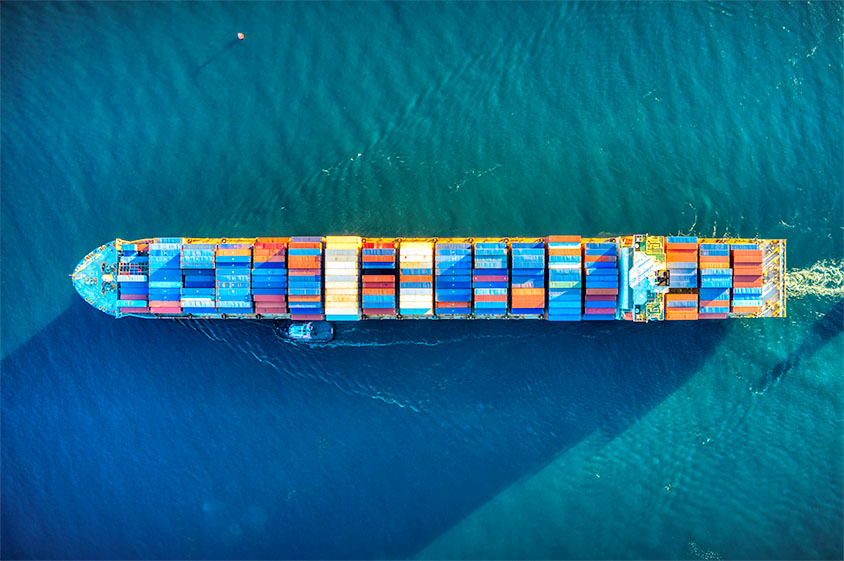
Documents required to export any shipment
- commercial invoice
- Certificate of Origin
- Shipping Policy
- packing regulations
- Fumigation certificates for wood products
- Health Certificates for Food Products
- Quality certificates are required in some countries and not for all countries such as Algeria, China, and Morocco
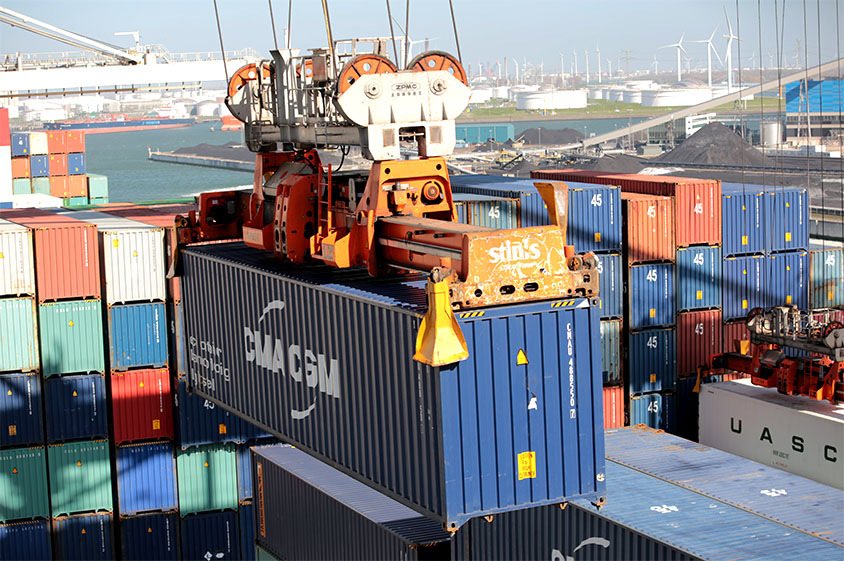
Documents required to import any shipment
- commercial or industrial register
- Tax card
- Import card (import license)
- A payment document from the bank (a document evidencing the transfer of the invoice value outside the importer’s country)
- General authorization for the customs broker certified by the Chamber of Commerce or Industry
A brief overview of the customs clearance method
The arrival of the ship with the container to be cleared on board
The ship begins to unload its cargo from the containers on the harbor floor
The customs broker withdraws the permission to receive the container from the shipping company, based on the bills of lading submitted by him.
The customs broker submits the commercial invoice, packing regulations and certificate of origin for the container to the customs in order to know the customs duties of the goods
After the invoices are submitted to the customs, a scout is sent by the customs to inspect the goods if they match the papers submitted by the customs broker.
After the customs inspection process and ensuring that they match the invoices, the value of the customs duties is approved
There are certain goods, such as food goods, and the Scout may request that a sample be sent to competent authorities for analysis and approval, and to ensure that they conform to the specifications specified in this country.
After knowing the customs duties incurred on the goods, they are paid by the customs broker
After the fees are paid, the broker receives a release permit for the container
After obtaining the release permission, the customs broker unloads the container from the goods inside the port or loads the container and sends it on the back of a truck to the buyer so that the buyer undertakes the process of unloading it in his warehouse directly. The customs clearance process takes about 5 to 7 continuous working days if the clearance process is free from any problems or any obstacles
